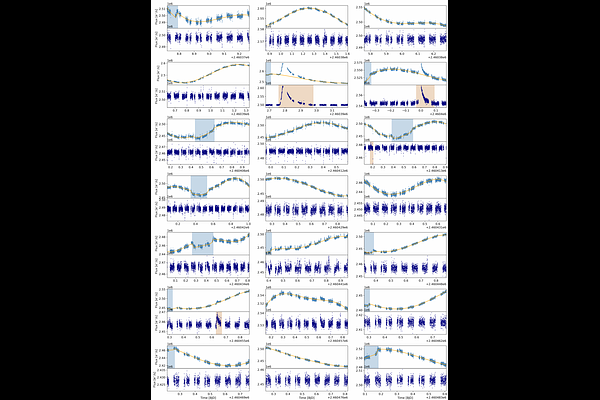Close-in planet induces flares on its host star

Close-in planet induces flares on its host star
Ekaterina Ilin, Harish K. Vedantham, Katja Poppenhäger, Sanne Bloot, Joseph R. Callingham, Alexis Brandeker, Hritam Chakraborty
AbstractIn the past decade, hundreds of exoplanets have been discovered in extremely short orbits below 10 days. Unlike in the Solar System, planets in these systems orbit their host stars close enough to disturb the stellar magnetic field lines. The interaction can enhance the star's magnetic activity, such as its chromospheric and radio emission, or flaring. So far, the search for magnetic star-planet interactions has remained inconclusive. Here, we report the first detection of planet-induced flares on HIP 67522, a 17 million-year-old G dwarf star with two known close-in planets. Combining space-borne photometry from TESS and dedicated CHEOPS observations over a span of 5 years, we find that the 15 flares in HIP 67522 cluster near the innermost planet's transit phase, indicating persistent magnetic star-planet interaction in the system. The stability of interaction implies that the innermost planet is continuously self-inflicting a six time higher flare rate than it would experience without interaction. The subsequent flux of energetic radiation and particles bombarding HIP 67522 b may explain the planet's remarkably extended atmosphere, recently detected with the James Webb Space Telescope. HIP 67522 is therefore an archetype to understand the impact of magnetic star-planet interaction on the atmospheres of nascent exoplanets.